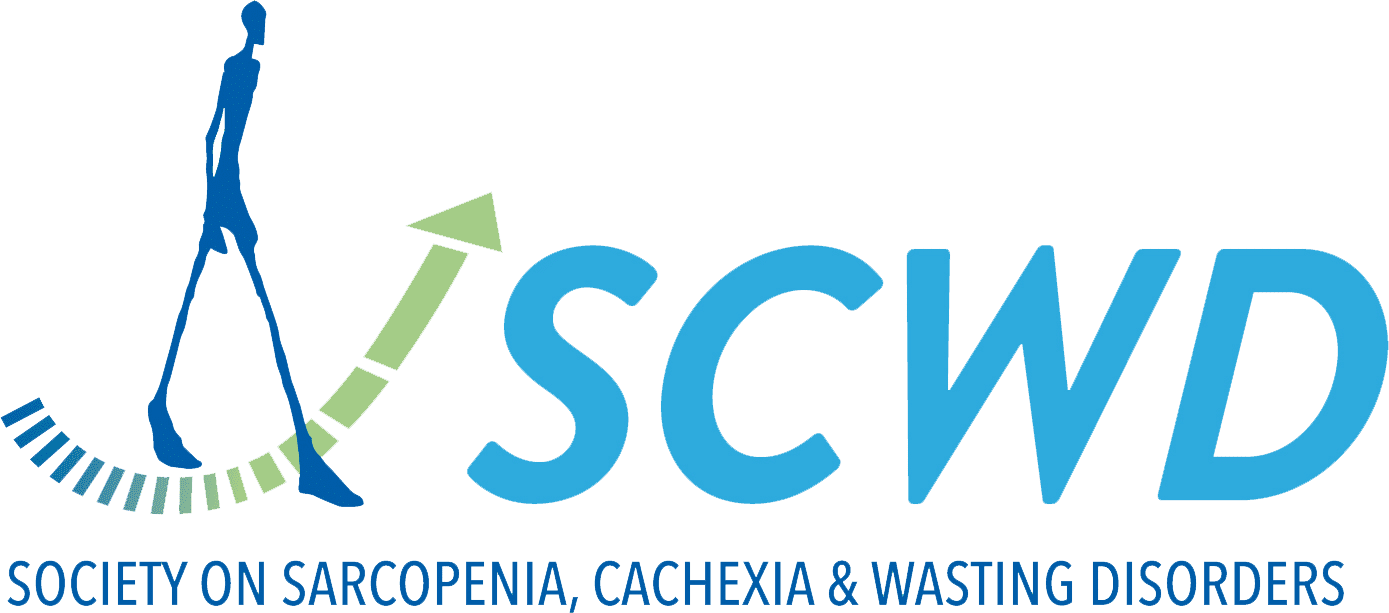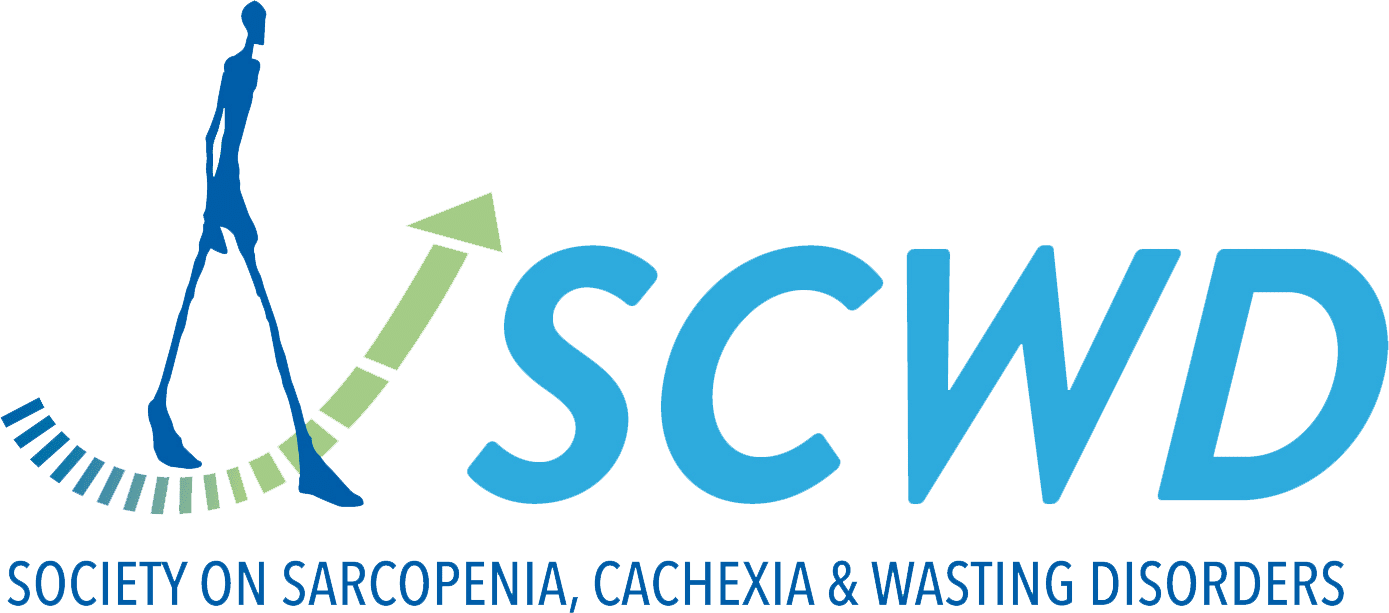Are immunosenescence and mitochondrial dysfunction hallmarks of frailty?
Article: Association between Immunosenescence, Mitochondrial Dysfunction and Frailty Syndrome in Older Adults
The development of frailty has been attributed to a number of biological mechanisms, including immunosenescence and mitochondrial dysfunction. Impairments in immune cell mitochondria have been proposed to both cause and interact with immunosenescence, hypothetically leading to ageing-related increases in sterile inflammation, commonly known as ‘inflammaging’. However, despite the convincing evidence supporting these suggestions, claims regarding the effects of immunosenescence on clinical outcomes such as frailty have recently been challenged.
The aim of this article was to examine the association between immunosenescence, mitochondrial dysfunction, and frailty syndrome in community-dwelling frail and non-frail older adults.
Key learnings:
Frail subjects were found to possess reduced CD4+ and CD8+ T cell numbers. However, no significant change was observed in their ratios. These findings suggest that while changes in T cell numbers may reflect frailty, changes in their profiles may solely be associated with ageing. Furthermore, the expression of CD28, but not that of inducible T cell co-stimulator (ICOS), was found to be decreased in frail subjects’ T cells. As CD28 is a co-stimulatory receptor, this indicates a reduction in T cells’ ability to respond to T cell receptor stimuli. Changes in response to immune stimuli may thus also be a hallmark of frailty. Lastly, mitochondrial activity was reduced in frail subjects’ immune cells, implying that reductions in mitochondrial bioenergetics are also associated with frailty.
Reviewed by: S. Duarte


